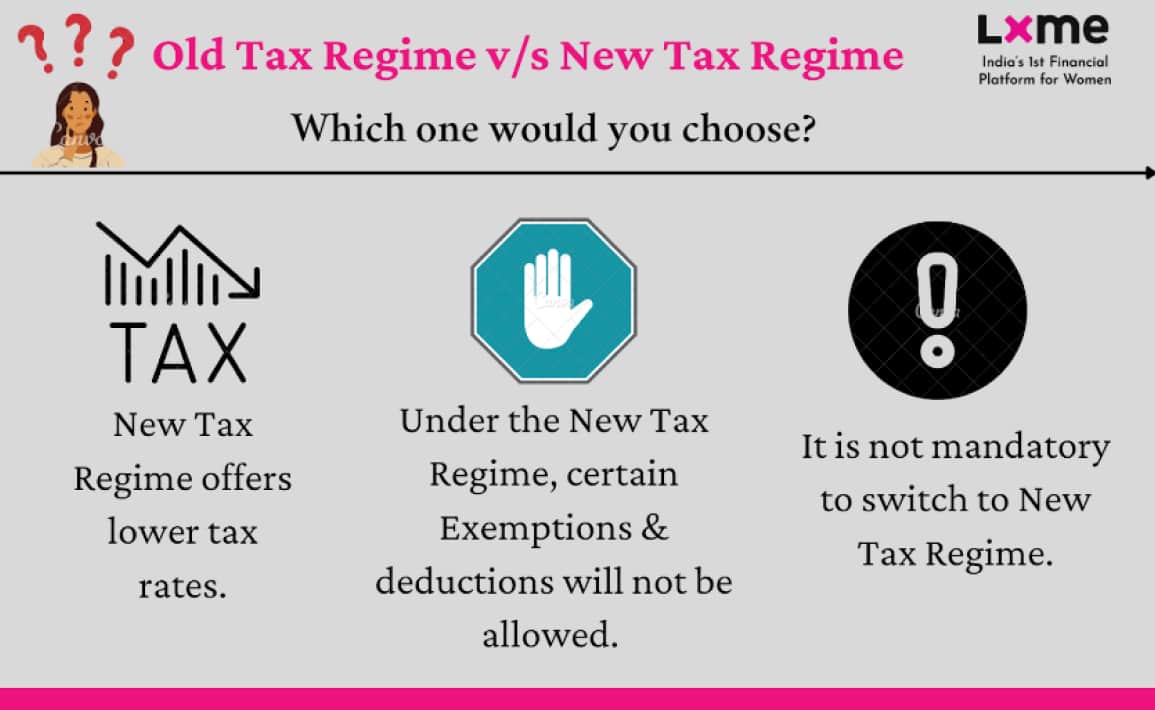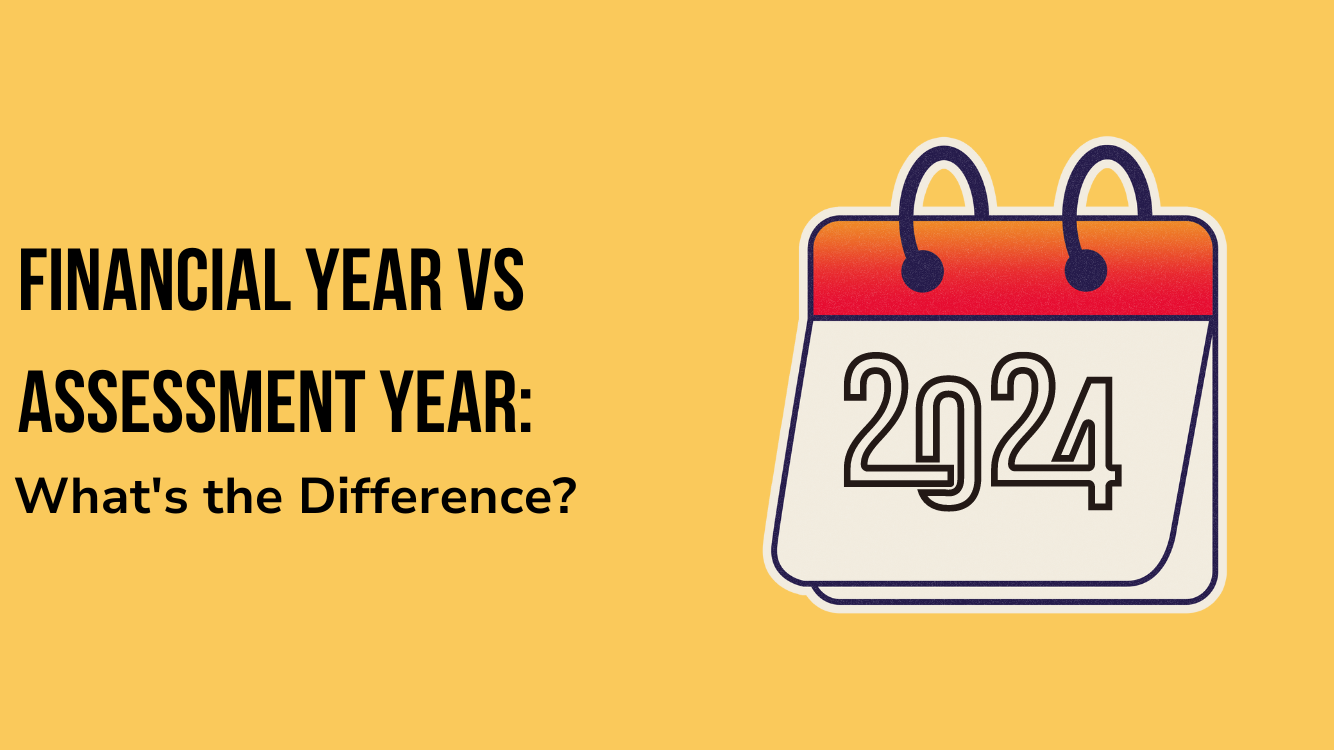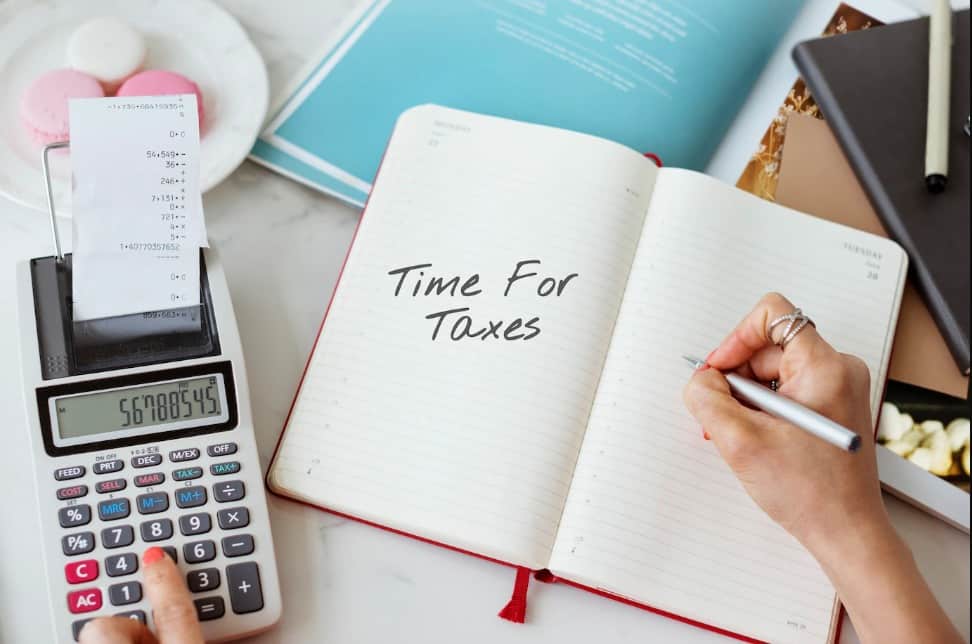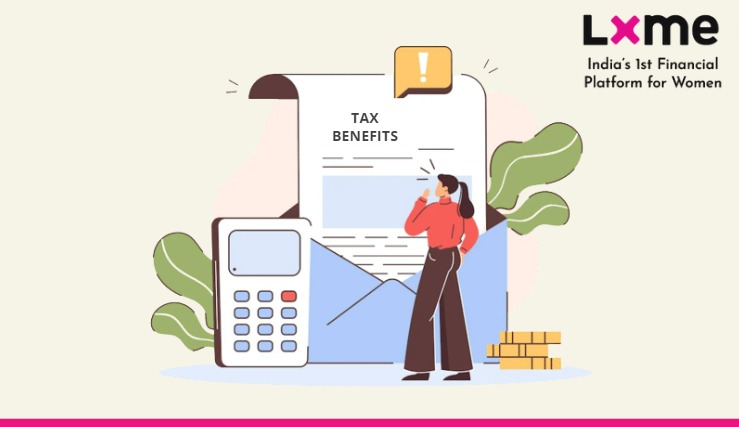In every sector, women are earning a place for themselves, and many women today, including housewives, have achieved financial freedom and can make the smartest life decisions. They also pay taxes and carry out their responsibilities as taxpayers. The Indian government provides a variety of tax benefits for women, including a tax rebate for women and exemptions. These benefits are beneficial since they help increase one’s savings.
Every woman needs to pay taxes based on various tax slabs. Tax-slab means you pay taxes based on your income. You will have to pay more taxes to the government if you make more money. This form of tax policy allows the country to have a fair tax system.
Women and men had different income tax slabs up until the Financial Year (FY) 2011-12, with women paying somewhat less tax. However, beginning in the fiscal year 2012-13, this was removed, and tax slabs for men and women were equalized.
Income Tax Slab Rates applicable for women:-
Individual taxpayers, including women, are classified into three groups:
- Taxpayers under the age of 60 (including residents and non-residents).
- Taxpayers who are over 60 but under 80 years old, are known as Senior citizens.
- Taxpayers who are over the age of 80 years, are known as Super Senior citizens.
As of now, women have two options in choosing a tax regime. The tax regime specifies the tax rates and slabs. Basically, in the Budget 2020-21, the government introduced a New Tax Regime with small slabs, and in this regime, taxpayers have to forgo certain tax exemptions and deductions.
But what are the New Tax Regime and Old Tax Regime?
Let’s have a look at the Old Tax Regime and the New Tax Regime in detail.
OLD TAX REGIME
| Particulars | Below 60 years | For 60-80 years | Above 80 years |
| Up to ₹2.5 Lakhs | Nil | Nil | Nil |
| ₹2.5 – ₹3 Lakhs | 5% | Nil | Nil |
| ₹3 – ₹5 Lakhs | 5% | 5% | Nil |
| ₹5 – ₹10 Lakhs | 20% | 20% | 20% |
| ₹10 lakhs and above | 30% | 30% | 30% |
NEW TAX REGIME
| Particulars | Rates |
| Up to ₹2.5 Lakhs | Nil |
| ₹2.5 Lakhs – ₹5 Lakhs | 5% |
| ₹5 Lakhs – ₹7 Lakhs | 10% |
| ₹7.5 Lakhs – ₹10 Lakhs | 15% |
| ₹10 Lakhs – ₹12.5 Lakhs | 20% |
| ₹12.5 Lakhs – ₹15 Lakhs | 25% |
| ₹15 Lakhs and above | 30% |
Apart from the tax rate given above, you also need to pay a Health and Education cess of 4%. It is charged as a fee to taxpayers to help support various government welfare programs, such as primary and secondary education and health infrastructure.
Tax Relaxation for female– The basic tax relaxation or exemption for all individuals, including women under both the tax regimes, is up to ₹2.5 Lakhs.
Tax Rebate for women – The tax rebate for ladies and other individuals is up to ₹12,500 on their taxes. Tax rebate for women will only be eligible if the total income earned in a year is up to ₹ 5 Lakhs.
Does Tax rebate for ladies available under the New Tax Regime?
Yes, absolutely. Even if you are opting for New Tax Regime and your total income is up to ₹5Lakhs you can avail tax rebate of up to ₹ 12,500.
Which Tax Regime will you opt for?

? The slab rates charged under the New Tax Regime are lower than the Old Tax Regime.
? If an Individual opts for New Tax Regime, she will not be allowed to claim certain exemptions & deductions. ( For example, The deduction of Medical Insurance premiums will not be allowed in the New Tax Regime).
? It is not mandatory to switch to the New Tax Regime.
? Calculate your tax with both the regimes and choose the one where you have to pay less tax.
Various Tax Relaxation for female
Whether you are a salaried or a self-employed woman, there are some tax-saving tricks you need to know to avail of tax benefits. Following are some of the major tax benefits for women.
- Health Insurance:
Section 80D of the Income Tax Act, 1961 allows a tax deduction of up to ₹ 25,000 per year for paying health insurance premiums, with an additional deduction of ₹ 50,000 for policies purchased by or for senior citizens. This benefit applies to your own health insurance premium and the premiums paid for your spouse, children, and parents. By taking a good health insurance policy for yourself and your loved ones, you can not only minimize your healthcare expenses but also save on tax.
- Section 80C of the Income Tax Act, 1961:
This section allows for a deduction of up to ₹ 1,50,000 for investing in tax-saving options. Some investment options available in this section are:
- Public Provident Fund (PPF)
- Employee Provident Fund (EPF)
- Equity Linked Savings Scheme (ELSS)
- Life Insurance Premium
- 5-year tax-saving Fixed deposit
- Tuition fees of children
You can claim this deduction either for investing in one instrument or for investing in multiple options. The cumulative deduction should not exceed Rs.1,50,000.
- Sukanya Samridhi Yojna (SSY):
Under this scheme, you can deposit up to Rs.1,50,000 per year and get a fixed return of 7.6% as of March 2022. This is available for a girl child under 10 years of age. The interest earned and the maturity amount are tax-free. There is a lock-in for this investment. The scheme will last till the girl turns 21 years of age or gets married (whichever happens earlier). Once the girl turns 18 years of age, you can apply for a premature withdrawal of up to 50% only for her higher education.
- Home Loan:
If you have taken a Home Loan, you can claim a tax deduction on the interest component of the loan under Section 24(b). For self-occupied properties, you can benefit from deductions of up to Rs.2,00,000 under the head ‘Income from House Property’.
However, to claim this, the acquisition or construction of the property should be completed within five years from the end of the financial year in which the loan was taken. If not, the deduction will be limited to Rs.30,000.
Now that you know about some of the Income Tax sections, Old & New Tax Regime, and tax benefits, don’t forget to assess your short-term and long-term financial goals and align them with your tax-saving options to get the best out of them.
Related Article You may Like :- 5 Benefits of Filing Income Tax Returns
FAQ’s – Frequently Asked Questions
What is tax limit for female in India?
For women below 60 years of age, there is no specific tax limit. They follow the general tax slabs applicable to all individuals.
How much tax does a woman pay?
The tax a woman pays depends on her income. Women are taxed based on the income tax slabs prescribed by the government, which can change from year to year.
What is the tax exemption for ladies?
Women are eligible for the same tax exemptions and deductions as men, provided they meet the criteria specified by the Income Tax Department. These exemptions can include deductions for investments, expenses, and other eligible items.
For more detailed information on income tax benefits that women can avail in India, you can refer to our LXME blog.
Let us know in the comment section your methods to save taxes.
Share this blog with your family and friends if you find it insightful!!
Download the LXME app for more such content!
New Investor? Request a Callback.
Fill in your details and we will guide you at every step
other blogs

Career Tax May 28, 2024
Financial Year vs Assessment Year: What’s the Difference?
A common confusion among women is the difference between Financial year vs Assessment year. While it may be easy to get confused between the two, there are some very important differences between the terms. As a woman, it is imperative to understand the difference between Assessment year vs Financial year so that no errors are … Financial Year vs Assessment Year: What’s the Difference?

Mutual Funds Tax February 19, 2024
Tax Planning Strategies for Mutual Fund Investors
Investing in Mutual Funds can be very exciting. In the process of investing for your goals and watching your money grow, it is common for women to forget about a crucial aspect of investing i.e., Tax Planning. This blog will provide some insight on taxation on mutual funds and how to save tax on mutual … Tax Planning Strategies for Mutual Fund Investors

Career Tax January 19, 2024
ELSS vs PPF: Choosing the Best Investment for Tax Savings
When it comes to tax-saving investments, understanding the choices is key. In this comprehensive guide, we delve into the world of “ELSS vs PPF,” helping you make well-informed financial decisions. Equity Linked Savings Schemes (ELSS) and Public Provident Fund (PPF) are both popular options, but which one suits your needs better? Join us as we … ELSS vs PPF: Choosing the Best Investment for Tax Savings









